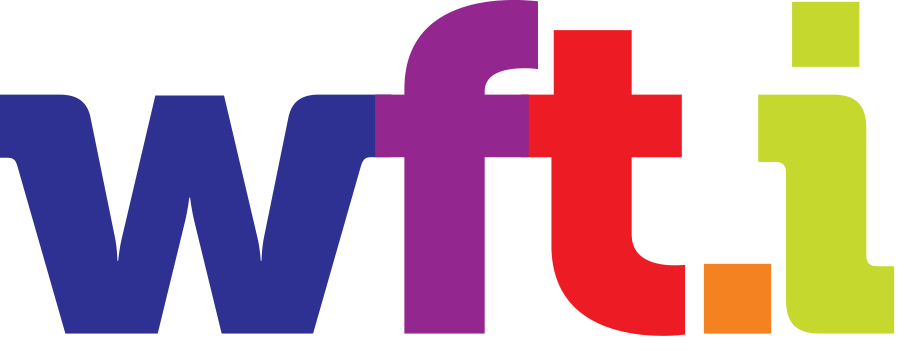Hearing Women’s Voices?
Exploring women’s underrepresentation in current affairs radio programming at peak listening times in Ireland
Dr. Kathy Walsh, Dr. Jane Suiter & Orla O’Connor
published November 2015
Acknowledgments
National Women’s Council of Ireland and Dublin City University would like to thank the Broadcasting Authority of Ireland for funding this research. We would like to thank Aileen O’Driscoll, Kristy Park and Joe Breen for their work in relation to monitoring the radio programmes.
At RTÉ Radio 1 we would like to thank Vincent Murphy and the team at Morning Ireland, Kevin Bakhurst and Tom McGuire for giving their time and for giving us access to the behind the scenes production at Morning Ireland.
At Newstalk we would like to thank Garrett Harte, Rebecca Meehan and the team at Newstalk Breakfast for giving us access to the behind the scenes production at Newstalk Breakfast. We would also like Cliona Barnes who put significant work into the establishment and development of this project and Margaret Ward from Clear Ink and founder of Women on Air, for her contribution.
Section 1:
Introduction
‘Increasing the representation of women in the media is
likely to lead to more gender-sensitive media content
and programming, presenting a more balanced picture
of women’s and men’s lives and women’s contribution to
society, which would have a positive impact on public
policies, private attitudes and behaviour’.
International Federation of Journalists, 2009
1.1 Introduction & Purpose
EU Recommendation CM/Rec (2013) 1 of the Committee of Ministers to member States on gender equality and media advises that: ‘Member States should particularly ensure, through appropriate means, that media regulators respect gender equality principles in their decision making and practice.’ This recommendation comes in direct response to the continuing underrepresentation of women on the air.
The purpose of this research is to explore the extent and nature of this underrepresentation in an Irish context in 2014. The research will focus on peak radio listenership times given:
1. The high radio listenership levels in Ireland in general and specifically the high listenership in relation to Irish news and current affairs programmes and
2. The large amounts of time devoted to current affairs and news on the radio.
It will explore some of the reasons for underrepresentation and make recommendations in relation to how this underrepresentation might be addressed at programme and at a wider level.
1.2 The Research Partners
The research was undertaken as a partnership between the National Women’s Council of Ireland (NWCI) and the School of Communications, Dublin City University (DCU). NWCI is the leading national women’s membership organisation, whose mission is to lead and to be a catalyst for change in the achievement of equality between men and women. DCU is a young dynamic university with a mission to transform lives and societies through education, research and innovation. In 2013 it had more than 10,000 students enrolled across its four faculties: Humanities and Social Sciences, Science and Health, Engineering and Computing and DCU Business School. In relation to this research NWCI were responsible for overall project management, the literature review and the studies of production practices. The DCU team was responsible for the monitoring and subsequent analysis of the monitoring data. Both organisations were involved in the development of the identification of the conclusions and development of the recommendations.
1.3 The Research Funder
This research was funded by the Broadcasting Authority of Ireland (BAI) under their Media Research Funding Scheme 2013 with gender and broadcasting identified as a specific research theme. The BAI was established under the Broadcasting Act 2009. The BAI has a range of objectives and responsibilities under the Act including endeavouring to ensure that:
— The number and categories of broadcasting services made available in the State best serve the needs of the people of the island of Ireland, bearing in mind their languages and traditions and their religious, ethical and cultural diversity,
— The democratic values enshrined in the Constitution, especially those relating to rightful liberty of expression, are upheld, and
— The provision of open and pluralistic broadcasting services.
Other objectives include:
— Stimulating the provision of high quality, diverse, and innovative programming
— Facilitating public service broadcasters in the fulfilment of their public service objects
— Promoting diversity of control in the commercial and community sectors
— Ensuring that broadcasting regulation:
›› Sustains independent and impartial journalism
›› Sustains compliance with employment law
›› Protects the interests of children
›› Facilitates a broadcasting sector which is responsive to audience needs
and accessible to people with disabilities
›› Promotes and stimulates the development of Irish language programming
and broadcasting services.
1.4 The Research Methodology
1.4.1 An Overview
A number of strategies were used to explore this under-representation as
follows.
— A review of the national and international literature
— Monitoring of women’s voices on news and current affairs programmes



